Bidets are generally very hygienic. They use a stream of water to clean you after using the toilet, which is more effective and gentler than toilet paper alone. Many studies show bidets reduce bacteria and the spread of germs, making them a cleaner option overall.
Ever wonder if you’re *really* clean after using the bathroom? It’s a question most of us have, but might be too shy to ask. Using toilet paper can sometimes feel like you’re just moving things around. What if there was a better way?
Bidets are becoming super popular, and for good reason. They offer a fresh, clean feeling that toilet paper just can’t match. In this guide, we’ll dive into why bidets are hygienic, how they work, and how to choose the best one for your needs. Get ready to upgrade your bathroom routine!
Why Are Bidets More Hygienic?
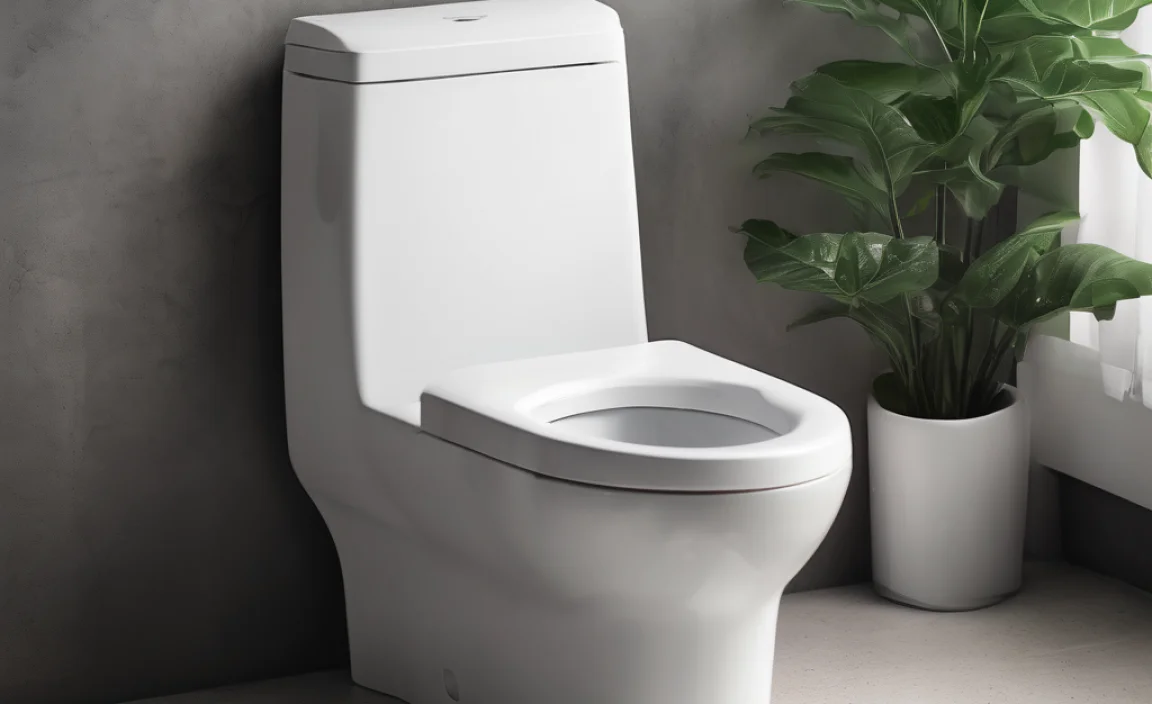
Bidets offer a superior level of cleanliness compared to traditional toilet paper. Let’s break down exactly why they’re so hygienic:
Effective Cleaning
Bidets use a stream of water to thoroughly clean the anal and genital areas. Water is a natural and effective cleaning agent, washing away fecal matter and bacteria more efficiently than dry toilet paper.
Think about it: if you got mud on your hands, would you just wipe it off with a paper towel? Probably not! You’d wash it off with water. The same principle applies to personal hygiene.
Reduced Bacteria
By using water, bidets significantly reduce the amount of bacteria left behind after using the toilet. Studies have shown that bidets can decrease the presence of harmful bacteria, lowering the risk of infections and promoting better overall hygiene. A study published in the journal of Water, Air, & Soil Pollution showed significant reduction of fecal coliforms with bidet usage [1].
Gentle on the Skin
Toilet paper can be abrasive and cause irritation, especially for those with sensitive skin or conditions like hemorrhoids. Bidets offer a gentle alternative, using water to cleanse without the need for harsh wiping. This can reduce the risk of skin damage and discomfort.
Touch-Free Operation
Many modern bidets come with features like automatic flushing and air dryers, minimizing the need to touch anything after cleaning. This touch-free operation further reduces the spread of germs and bacteria, making the bathroom experience even more hygienic.
Types of Bidets
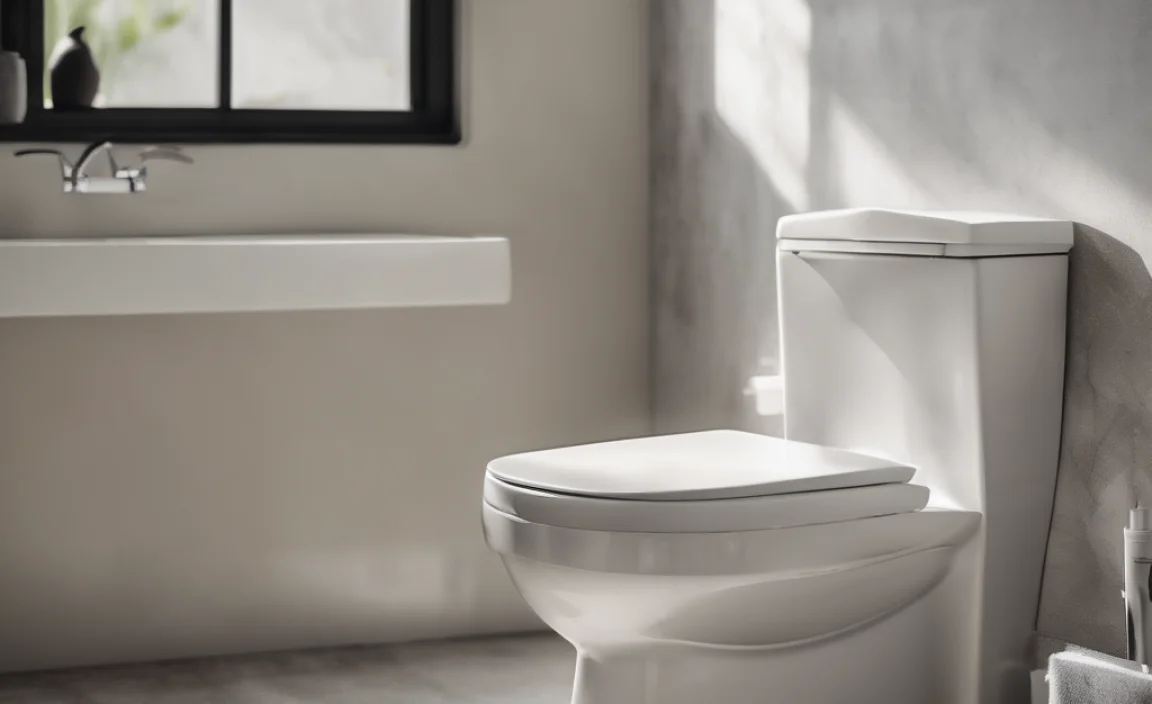
There are several types of bidets available, each with its own set of features and benefits. Understanding the different types can help you choose the best option for your bathroom and personal needs.
Standalone Bidets
Standalone bidets are separate plumbing fixtures that look similar to toilets. They are common in many parts of the world and offer a dedicated space for washing after using the toilet. These usually require more space and a more complex installation.
Bidet Toilet Seats
Bidet toilet seats are designed to replace your existing toilet seat and can be easily installed on most standard toilets. They come with a variety of features, such as adjustable water pressure, temperature settings, and even warm air dryers. They are a popular choice for their convenience and ease of installation.
Bidet Attachments
Bidet attachments are simple devices that connect to your existing toilet and water supply. They typically feature a nozzle that sprays water for cleaning. These are an affordable and easy-to-install option, perfect for those who want to try out the benefits of a bidet without a major investment.
Travel Bidets
Travel bidets are portable devices that you can take with you on the go. They are usually small, handheld bottles with a nozzle that allows you to spray water for cleaning. Travel bidets are great for maintaining hygiene while traveling or in situations where access to a bidet is limited.
How to Use a Bidet
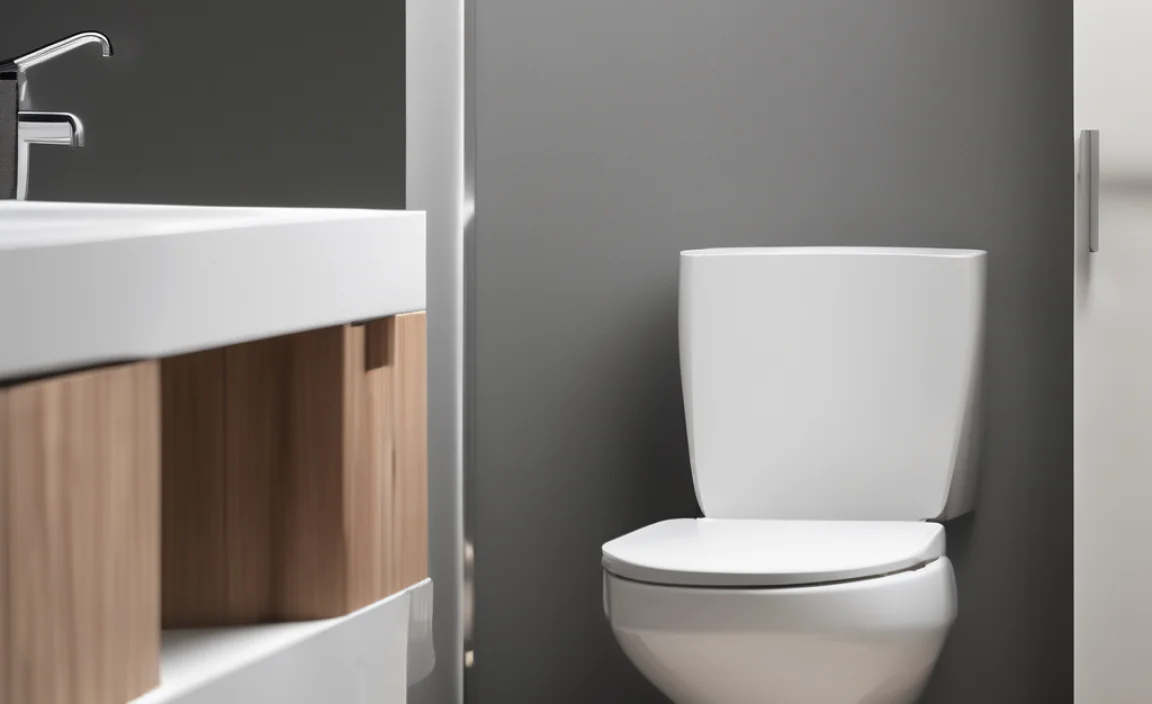
Using a bidet is simple and straightforward. Here’s a step-by-step guide to get you started:
- Use the Toilet: First, use the toilet as you normally would.
- Position Yourself: Depending on the type of bidet you have, you may need to adjust your position slightly to ensure the water stream reaches the desired area.
- Activate the Bidet: Turn on the bidet using the controls. Most bidets have adjustable water pressure and temperature settings, so you can customize the experience to your liking.
- Cleanse: Allow the water to cleanse the area for about 20-30 seconds, or until you feel clean.
- Dry Yourself: Some bidets come with a warm air dryer. If yours does, use it to dry the area. Alternatively, you can use a small amount of toilet paper to pat yourself dry.
- Finish: Turn off the bidet and ensure everything is clean and dry before getting dressed.
Benefits of Using a Bidet
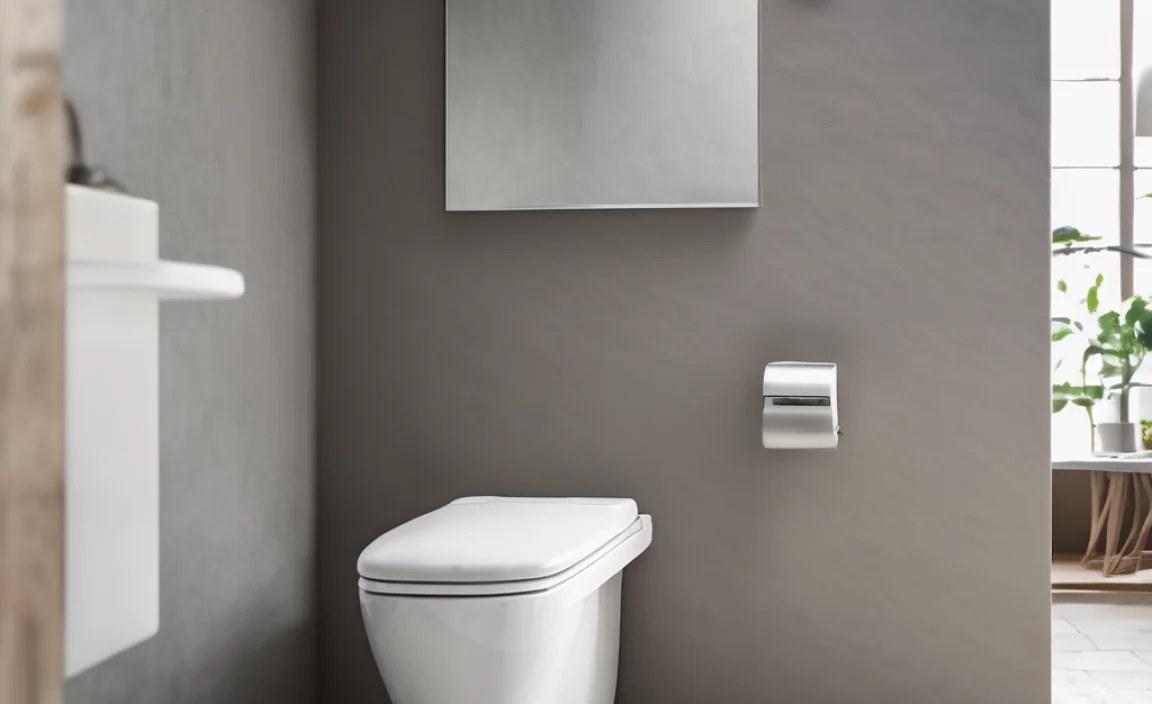
Besides improved hygiene, bidets offer a range of other benefits that make them a worthwhile addition to any bathroom.
- Environmental Friendliness: Bidets reduce the need for toilet paper, which can help save trees and reduce waste. The Natural Resources Defense Council estimates that using less toilet paper can significantly lower your environmental footprint [2].
- Cost Savings: Over time, using a bidet can save you money on toilet paper. While the initial investment may be higher, the long-term savings can be significant.
- Comfort: Many people find bidets to be more comfortable and refreshing than using toilet paper. The gentle stream of water can provide a soothing sensation, especially for those with sensitive skin.
- Medical Benefits: Bidets can be particularly beneficial for individuals with certain medical conditions, such as hemorrhoids, anal fissures, or mobility issues. They offer a gentle and effective way to maintain hygiene without causing further irritation.
Choosing the Right Bidet
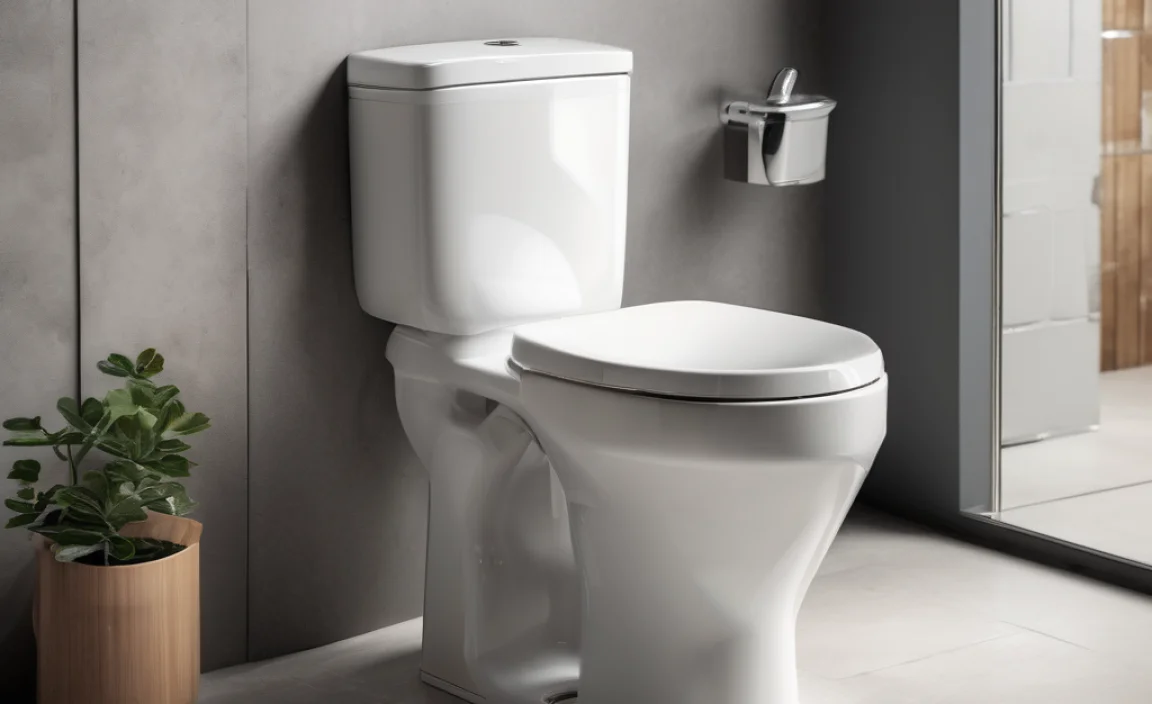
With so many different types and features available, choosing the right bidet can seem overwhelming. Here are some factors to consider when making your decision:
Budget
Bidets range in price from affordable attachments to high-end electronic models. Determine how much you’re willing to spend before you start shopping. Bidet attachments are the most budget-friendly, while standalone bidets are the most expensive.
Features
Consider which features are most important to you. Do you want adjustable water pressure and temperature? A warm air dryer? Automatic flushing? Electronic bidets offer the most features, but they also come with a higher price tag.
Installation
Think about how easy the bidet will be to install. Bidet attachments are typically the easiest to install, requiring only basic plumbing skills. Bidet toilet seats are also relatively easy to install, while standalone bidets may require professional installation.
Space
Consider the amount of space you have in your bathroom. Standalone bidets require the most space, while bidet attachments and toilet seats take up minimal room.
User Reviews
Read reviews from other users to get an idea of the bidet’s performance and reliability. Pay attention to comments about ease of use, durability, and customer service.
Maintaining Your Bidet
To keep your bidet in good working condition and ensure optimal hygiene, it’s important to perform regular maintenance.
- Clean the Nozzle: Regularly clean the bidet nozzle to remove any buildup or debris. Most bidets have a self-cleaning function, but you can also manually clean the nozzle with a soft brush and mild soap.
- Wipe Down the Seat: Wipe down the bidet seat and controls with a damp cloth and mild cleaner to keep them clean and hygienic.
- Check for Leaks: Periodically check the bidet for leaks and address any issues promptly to prevent water damage.
- Replace Filters: If your bidet has a water filter, replace it according to the manufacturer’s instructions to ensure clean and fresh water.
Bidets vs. Toilet Paper: A Comparison
Let’s take a closer look at how bidets stack up against traditional toilet paper in terms of hygiene, environmental impact, and cost.
| Feature | Bidet | Toilet Paper |
|---|---|---|
| Hygiene | Superior cleaning, reduces bacteria | Less effective, can leave residue |
| Environmental Impact | Reduces paper waste, saves trees | Contributes to deforestation and waste |
| Cost | Higher initial cost, long-term savings | Lower initial cost, ongoing expense |
| Comfort | Gentle, soothing, good for sensitive skin | Can be abrasive, may cause irritation |
| Convenience | Easy to use, touch-free options | Requires manual wiping |
Addressing Common Concerns About Bidets
Some people may have reservations about using bidets due to unfamiliarity or misconceptions. Let’s address some common concerns.
Are Bidets Messy?
Bidets are designed to be clean and efficient. The water stream is directed precisely to cleanse the area, and most models have adjustable pressure settings to prevent splashing. With a little practice, you can use a bidet without making a mess.
Are Bidets Difficult to Install?
The difficulty of installation depends on the type of bidet you choose. Bidet attachments are typically very easy to install, requiring only basic tools and plumbing knowledge. Bidet toilet seats are also relatively straightforward. Standalone bidets may require professional installation, as they involve more complex plumbing work.
Are Bidets Expensive?
Bidets range in price from affordable attachments to high-end electronic models. While the initial cost may be higher than buying toilet paper, bidets can save you money in the long run by reducing your toilet paper consumption. Additionally, the improved hygiene and comfort they offer can be well worth the investment.
Are Bidets Sanitary?
Yes, bidets are very sanitary. They use clean water to cleanse the area, reducing the risk of bacterial contamination. Many bidets also have self-cleaning nozzles and other features that promote hygiene. Regular maintenance, such as cleaning the nozzle and seat, will help keep your bidet in top condition.
FAQ About Bidets
Are bidets really more hygienic than toilet paper?
Yes! Bidets use water to clean, which removes more bacteria and leaves you feeling fresher than just using toilet paper.
Will a bidet fit my current toilet?
Most bidet attachments and seats are designed to fit standard toilets. Just double-check the measurements before buying.
Are bidets hard to install?
Not at all! Many bidets are super easy to install with just a few simple steps. Some might need a little plumbing know-how, but most are DIY-friendly.
Do bidets use a lot of water?
Actually, bidets use a surprisingly small amount of water per use. It’s way less than flushing the toilet!
Can I adjust the water temperature on a bidet?
Yes, you can! Many bidets come with adjustable water temperature settings for extra comfort, especially during colder months.
Are bidets only for cleaning after using the toilet?
Nope! You can use a bidet for a quick refresh anytime, like after a workout or during your period.
Will using a bidet save me money?
Definitely! Over time, you’ll buy way less toilet paper, which can add up to significant savings.
Conclusion
So, {are bidets hygienic}? Absolutely! They offer a superior level of cleanliness, reduce bacteria, and are gentle on the skin. From standalone units to easy-to-install attachments, there’s a bidet option for every need and budget. Plus, you’ll be helping the environment by using less toilet paper.
Ready to make the switch? Take a look at the different types, consider the features that matter most to you, and get ready to experience a new level of clean. You’ll wonder why you didn’t try a bidet sooner!

